Network of Ancient Cities Uncovered in the Amazon
Researchers, working tirelessly in the vastness of the Amazon jungle, have made a groundbreaking discovery. They have stumbled upon the ruins of an intricate network of cities stretching back thousands of years.
Shocked by the discovery, archaeologists suggest excavations conducted at these isolated sites could revolutionize our understanding of the cultures and capabilities of ancient South Americans.
Ancient Humans of the Amazon Rainforest
The Amazon rainforest is an enormous ecosystem that covers numerous South American countries, including Brazil, Colombia, Ecuador, and Peru.
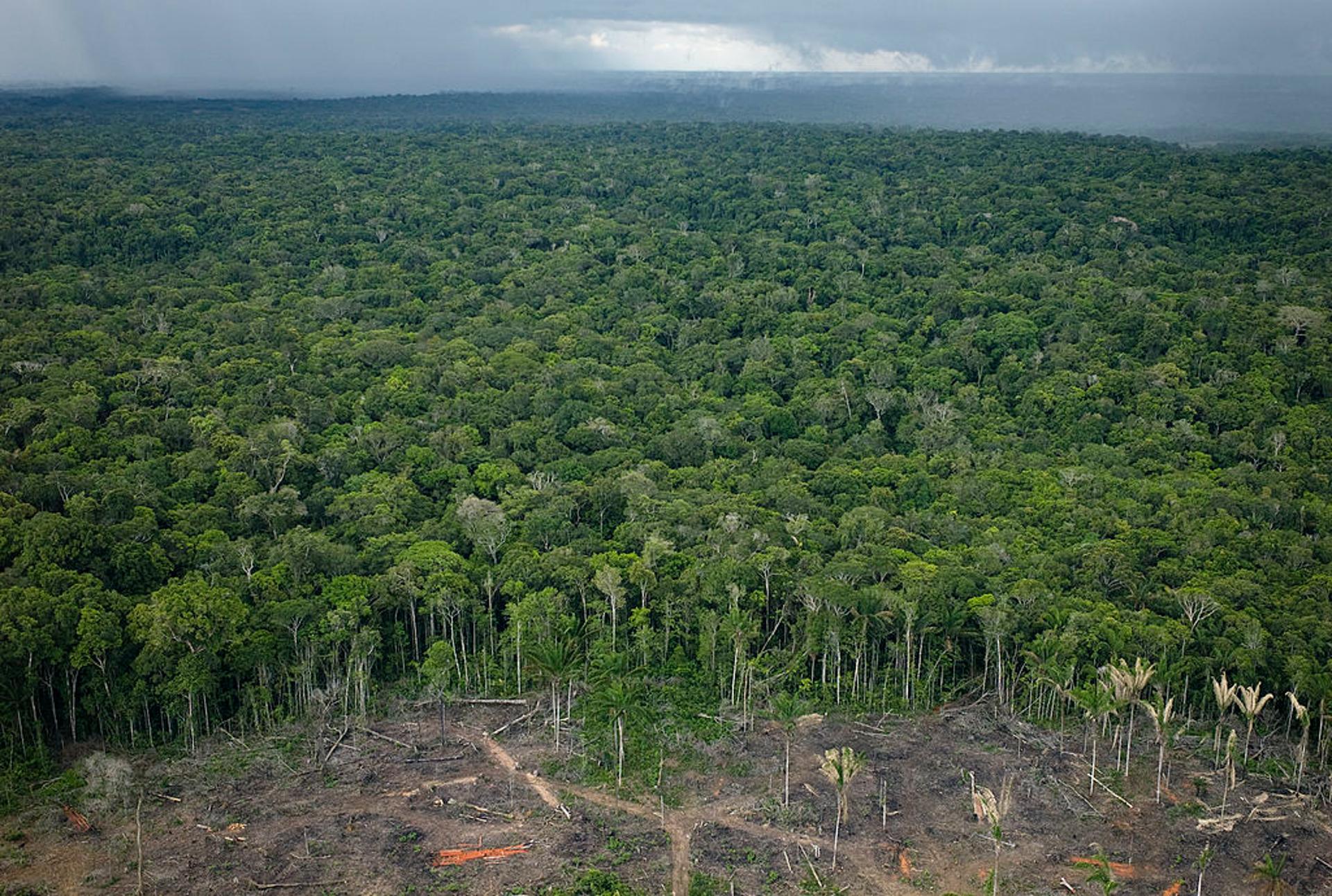
Source: Per-Anders Pettersson/Getty Images
The forest spans an estimated 3.4 million square miles and is currently the largest tropical rainforest on the planet. For thousands of years, the Amazon has served as the home to native groups and animals, providing them with an abundance of food and shelter.
Humans Arrived in the Amazon Over 10,000 Years Ago
While it’s unclear when the first humans arrived in the Amazon, archaeologists have theorized hunter-gatherer groups have lived in small communities in its vicinity for at least 13,000 years.

Source: Wikimedia
However, new research is beginning to suggest that we may have overlooked their capabilities. Researchers have found evidence of enormous cities and urbanized areas, suggesting these cultures may have lived in larger organized societies like that of the Maya of Central America.
Ancient Cities in the Amazon
A new study published in the journal Science highlights the discovery of pre-Hispanic cities deep within the jungle that began to appear around 2,500 years ago.
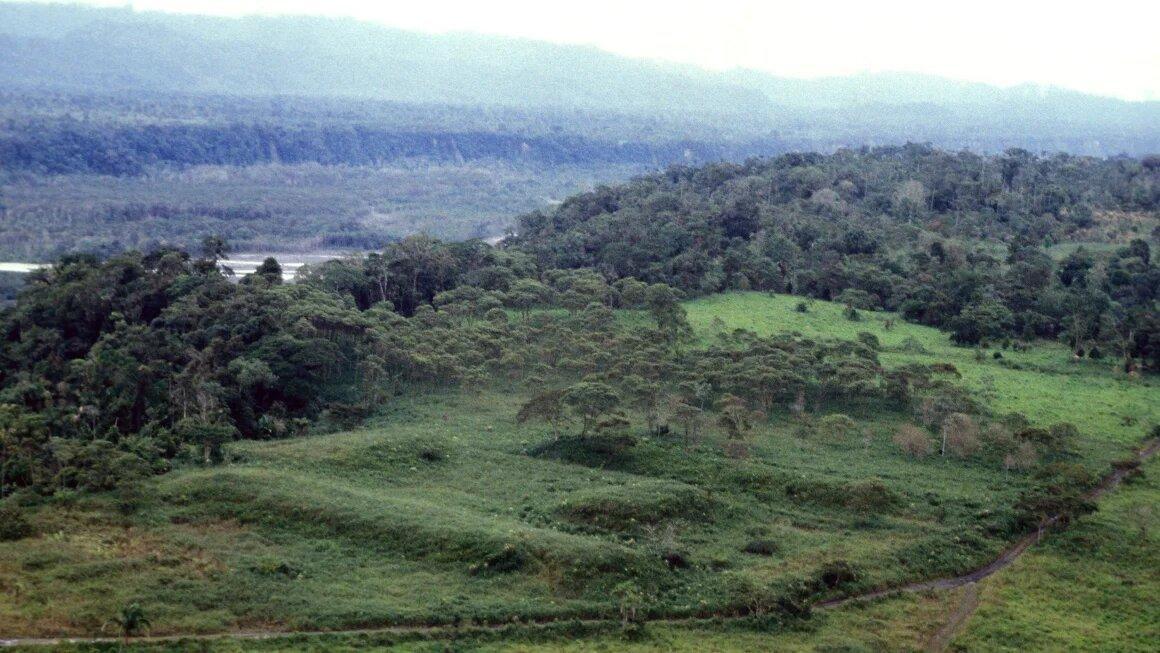
Source: Mario Tama/Getty Images
According to archaeologists, the extensive network of cities is equipped with urbanized homes, plazas, and monumental platforms and is interconnected by sophisticated structures and roads.
Two Decades of Investigations in the Amazon
The settlements are located in the Ecuadorian portion of the Amazon, at the Upando Valley, not far from the eastern foothills of the Andes.
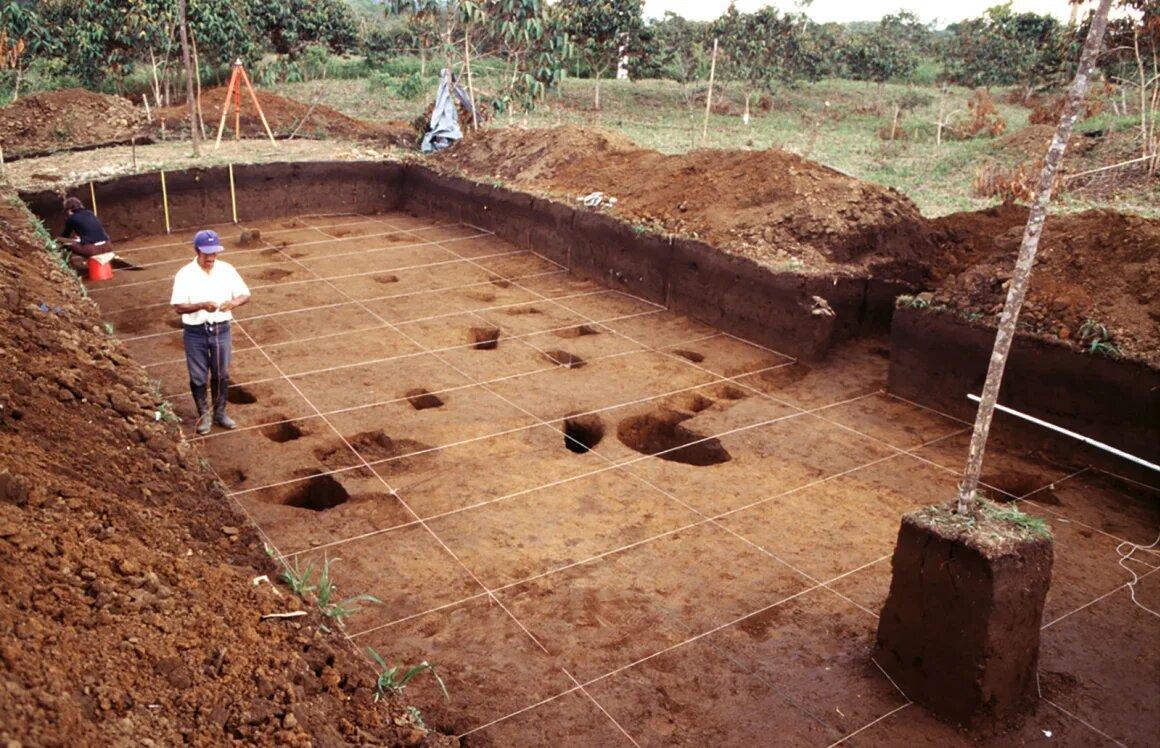
Source: Stéphen Rostain
The study is a culmination of the collective investigative efforts of researchers from Germany, France, Puerto Rico, and Ecuador. Their meticulous work in the region for more than two decades has led to these remarkable findings.
Researchers Use Lidar to Scan the Floor of the Amazon Jungle
In the early days, archaeologists conducted fieldwork before employing light detection and ranging, more commonly called Lidar. This allowed researchers to scan beneath the thick forest and locate the structures.
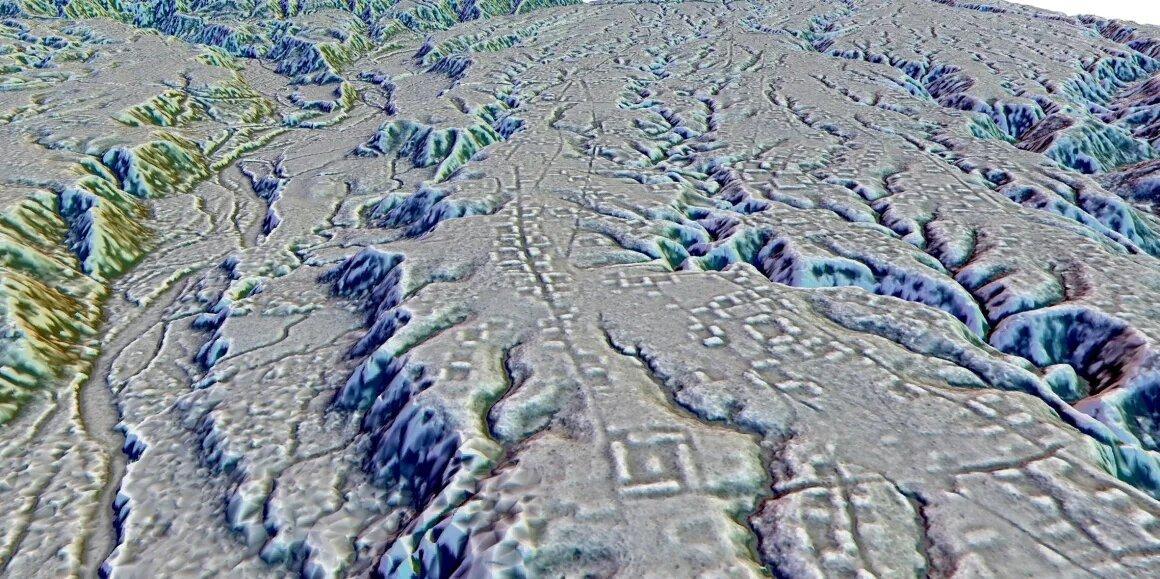
Source: Stéphen Rostain and Lidar A. Dorison
Stéphen Rostain, an archeologist, director of Research at France’s National Center for Scientific Research (CNRS), and lead author of the study, called the recent findings “incredible.”
The Icing on the Cake for Archaeologists Working in the Amazon
During an interview with CNN, Rostain discussed the role Lidar played in their fascinating discovery.
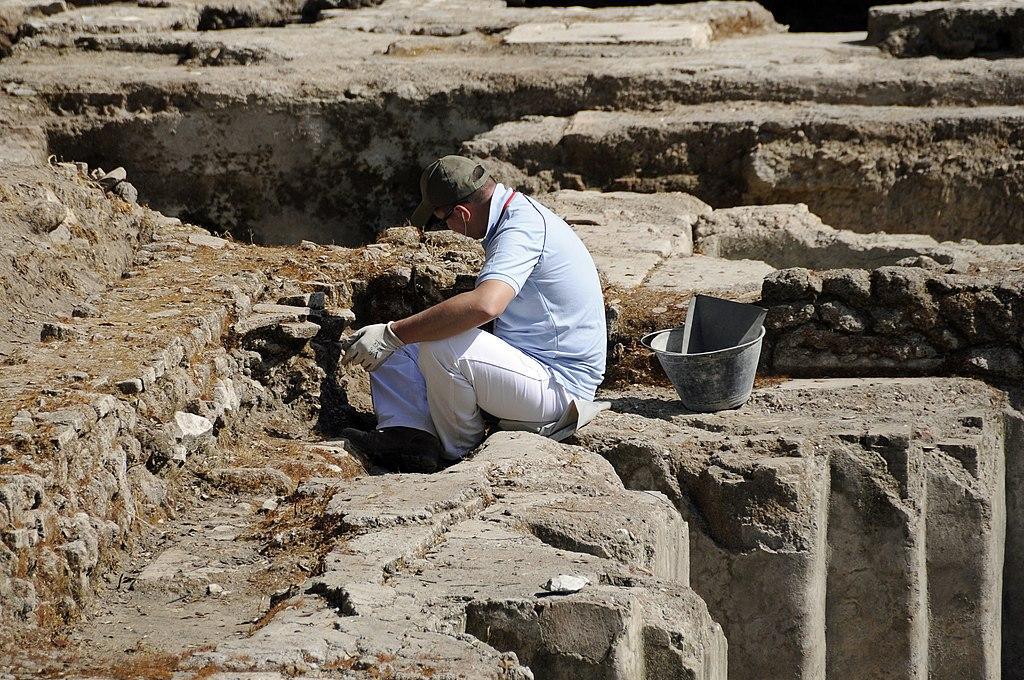
Source: Wikimedia
“The lidar gave us an overview of the region, and we could appreciate greatly the size of the sites,” he said, adding, “The lidar was the cherry on the cake.”
The Beginning of the Urbanized Cities
According to Rostain and his colleagues, the first people who arrived in the region over 3,000 years ago lived in fairly small and dispersed homes.
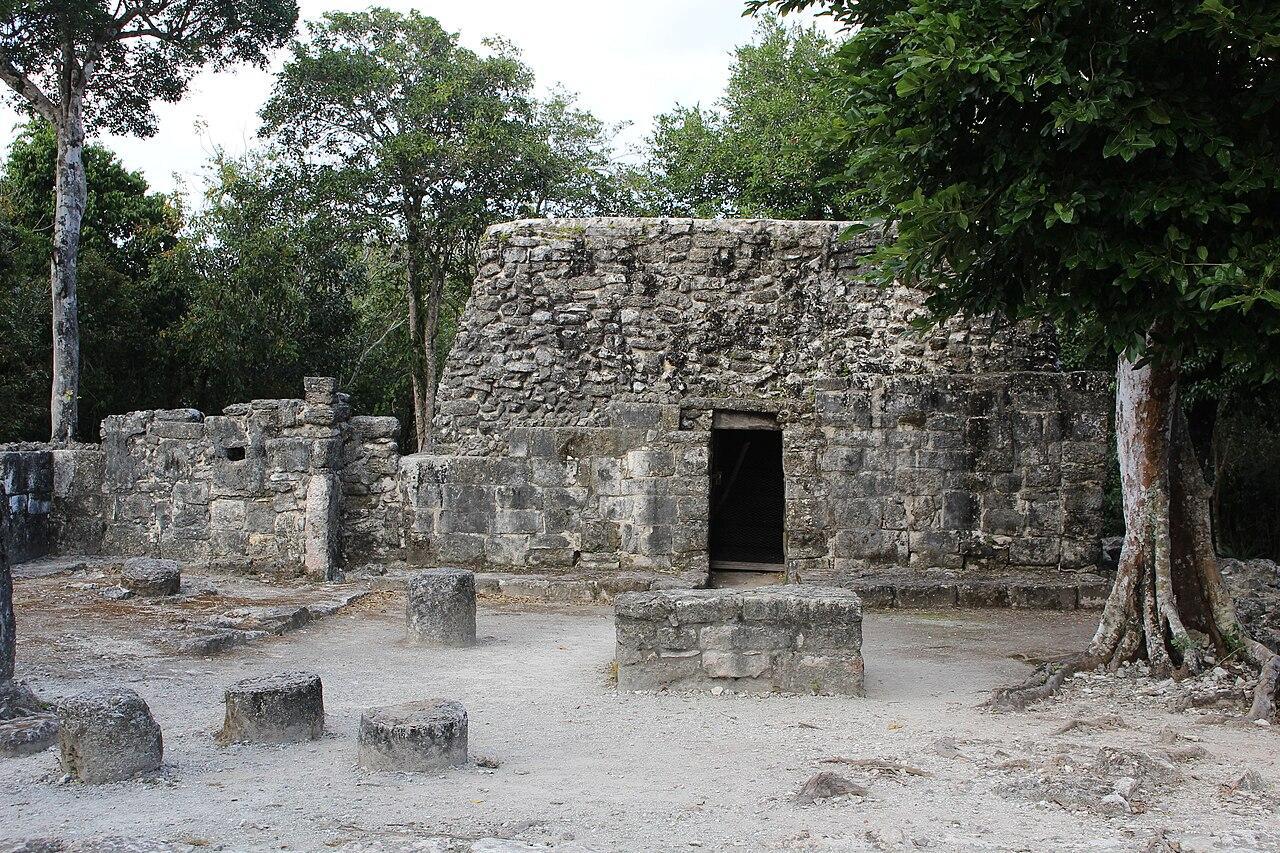
Source: Wikimedia
However, a revolution occurred between 500 BCE and 300 CE, during which the Kilamope and Upano cultures began to construct enormous mounds and earthen platforms, the latter of which was organized around a plaza. This was the beginning of urbanized cities.
Enormous Platforms Discovered in the Jungle
The data collected by Lidar revealed that more than 6,000 platforms existed in the southern half of the 232-mile-square region.
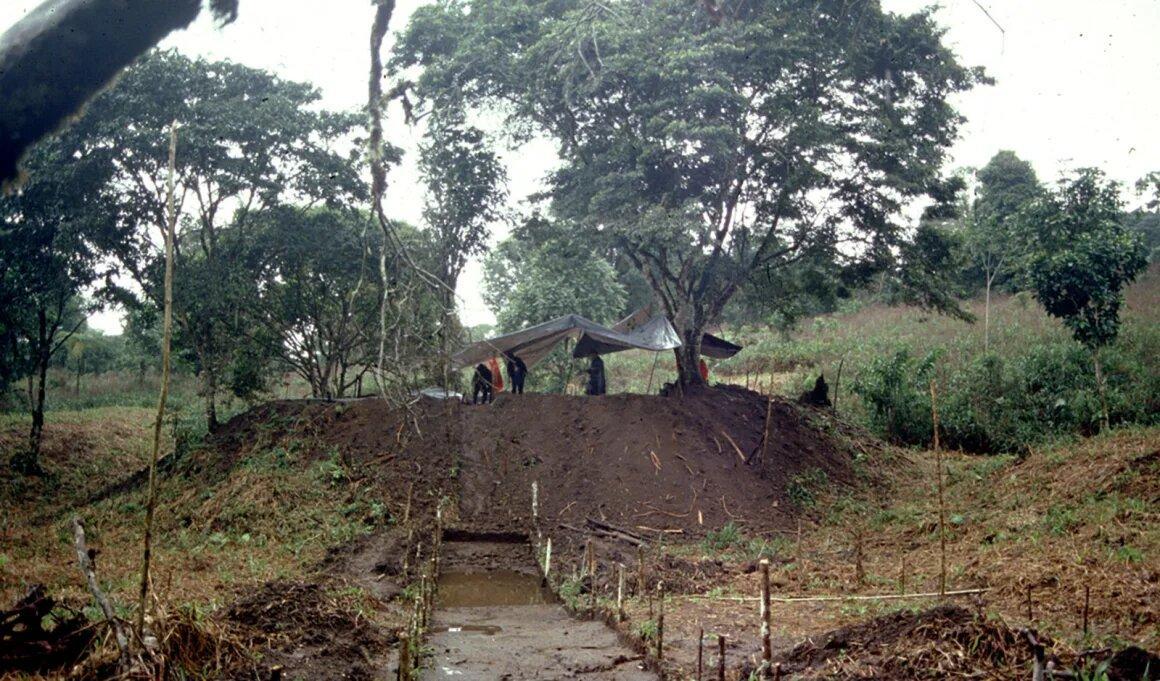
Source: Stéphen Rostain
While most of the platforms were rectangular in space, there were a few exceptions that were otherwise circular, measuring around 66 feet by 33 feet. They often appear around a plaza in groups of up to six.
Numerous Extensive Settlements Found in the Amazon
In total, the archaeologists identified 15 clusters of extensive settlements at the site in Ecuador.
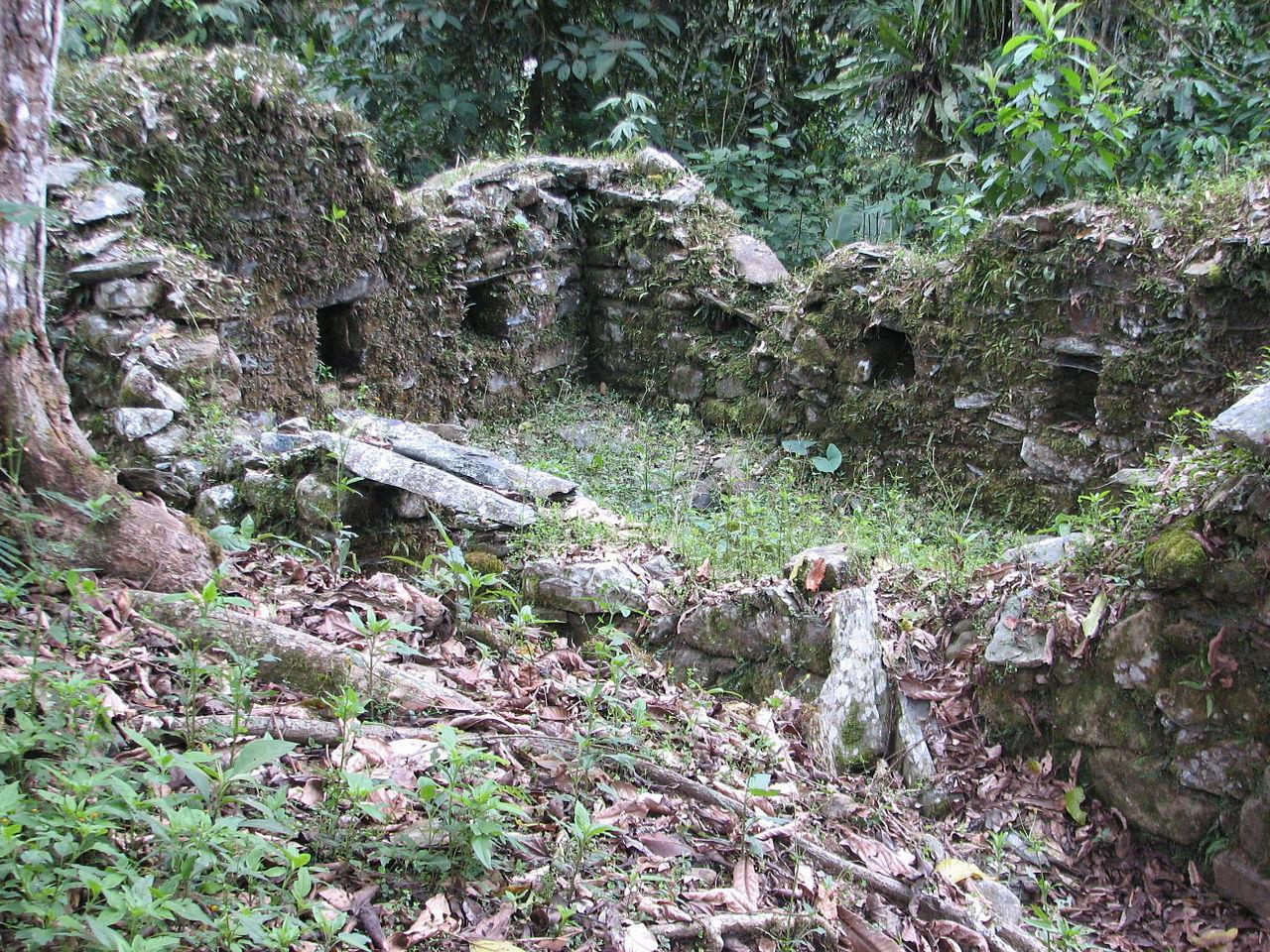
Source: Wikimedia
Numerous examples of the so-called cities appear to have been protected by large ditches, and others had obstructions on the roads near the entrances to the larger complexes. This suggests that the settlements were built with external threats in mind.
Garden Cities
Researchers found evidence of land cultivation, including terraces and drainage fields, between many of the larger complexes. “For that reason, I call these garden cities,” said Rostain, who added, “It’s a complete revolution in our paradigm about the Amazon.”
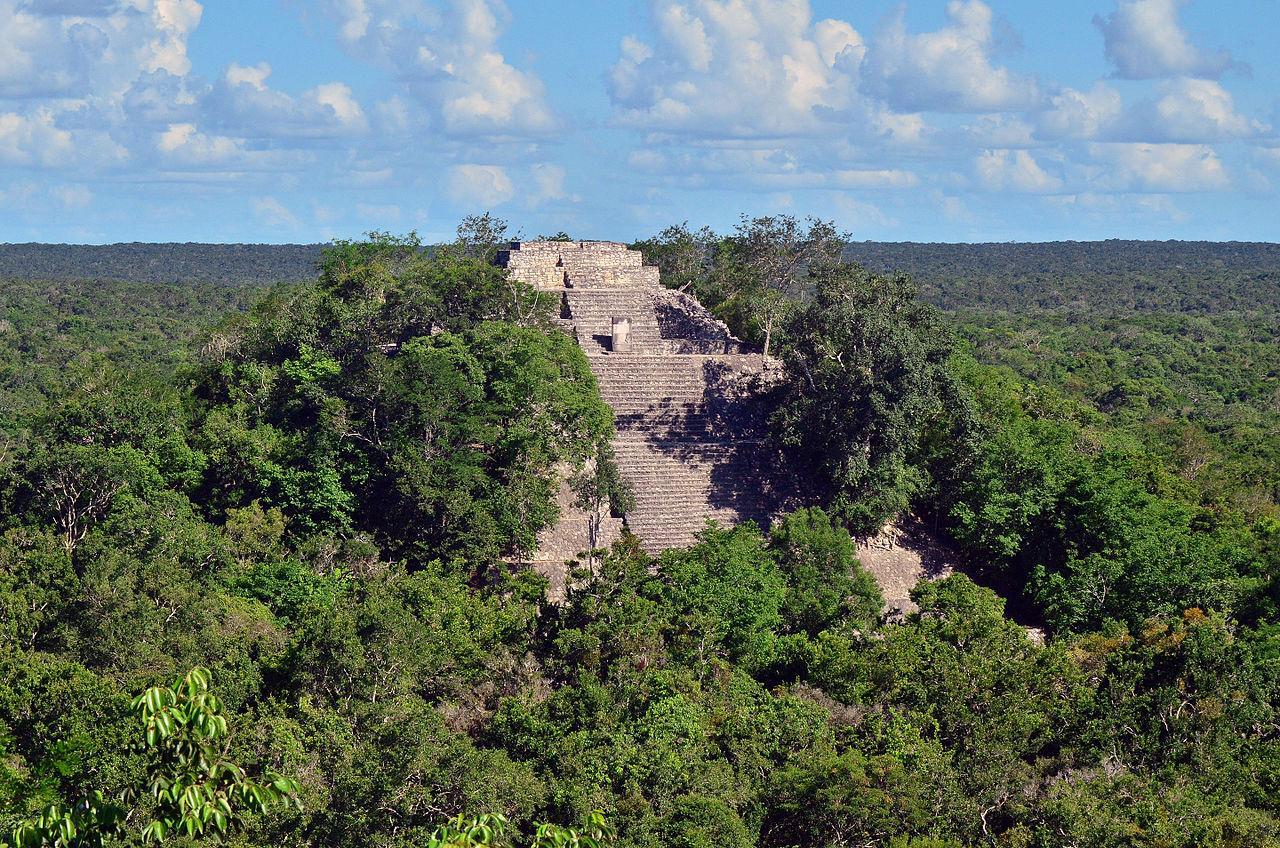
Source: Wikimedia
He continued, “We have to think that all the Indigenous (people) in the rainforest were not semi-nomadic tribes lost in the forest, looking for food. They’re a big variety, diversity of cases and some were also with (an) urbanistic system, with (a) stratified society,” he said.
The Creation of Complex Settlements in the Amazon
The city’s layout has led researchers to conclude that the ancient inhabitants possessed an ancient level of engineering, and the garden urbanization of the Upano Valley “provides further proof that Amazonia is not the pristine forest once depicted.”
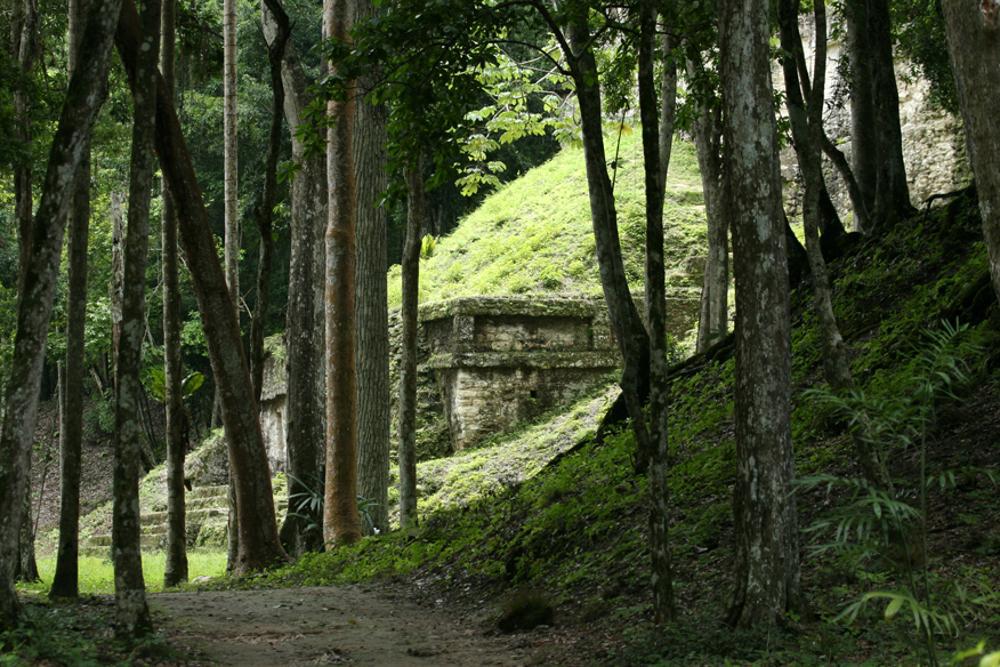
Source: Wikimedia
Rostain finished by suggesting that researchers should consider the pre-Columbian inhabitants of the Amazon “like a nest of ants,” working in harmony to create complex settlements.
